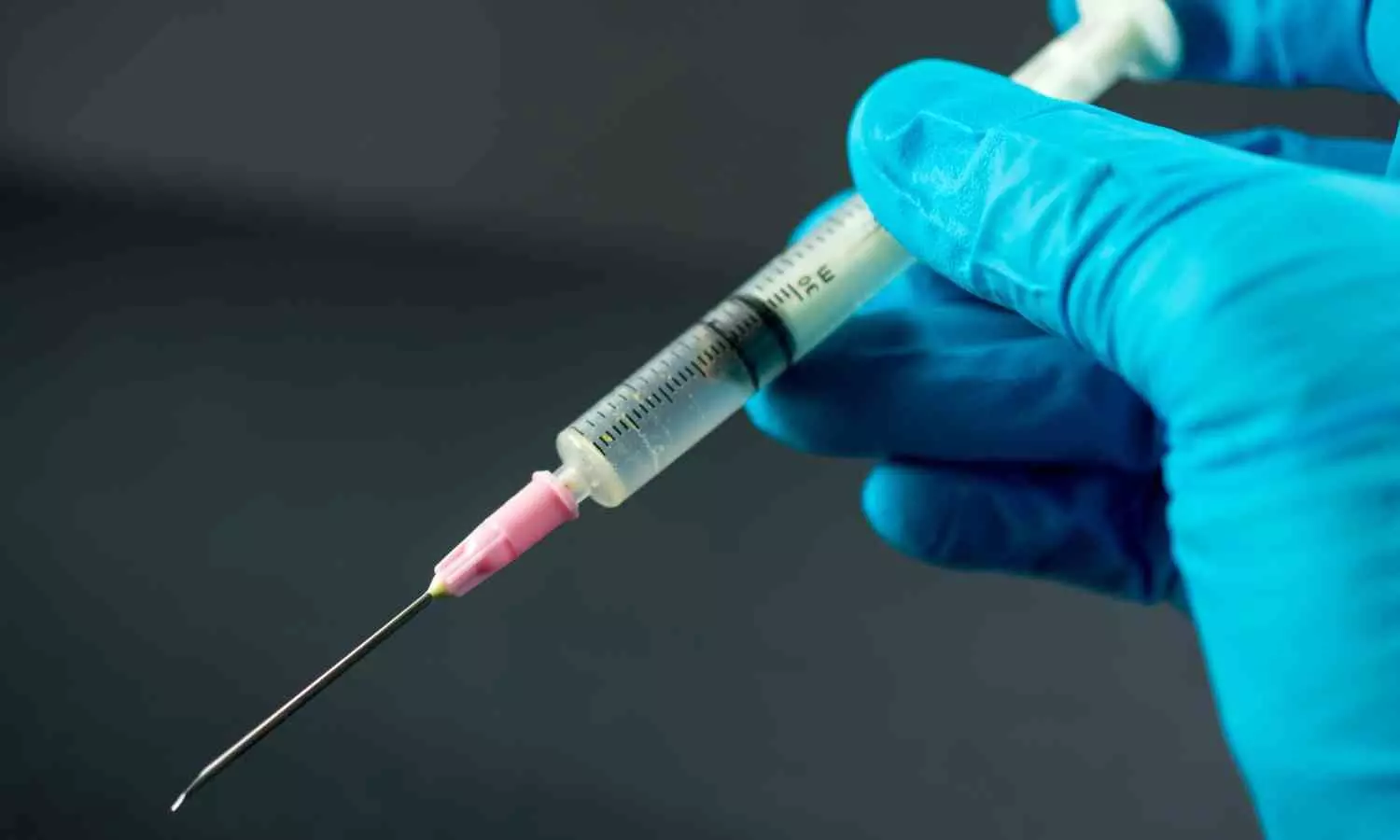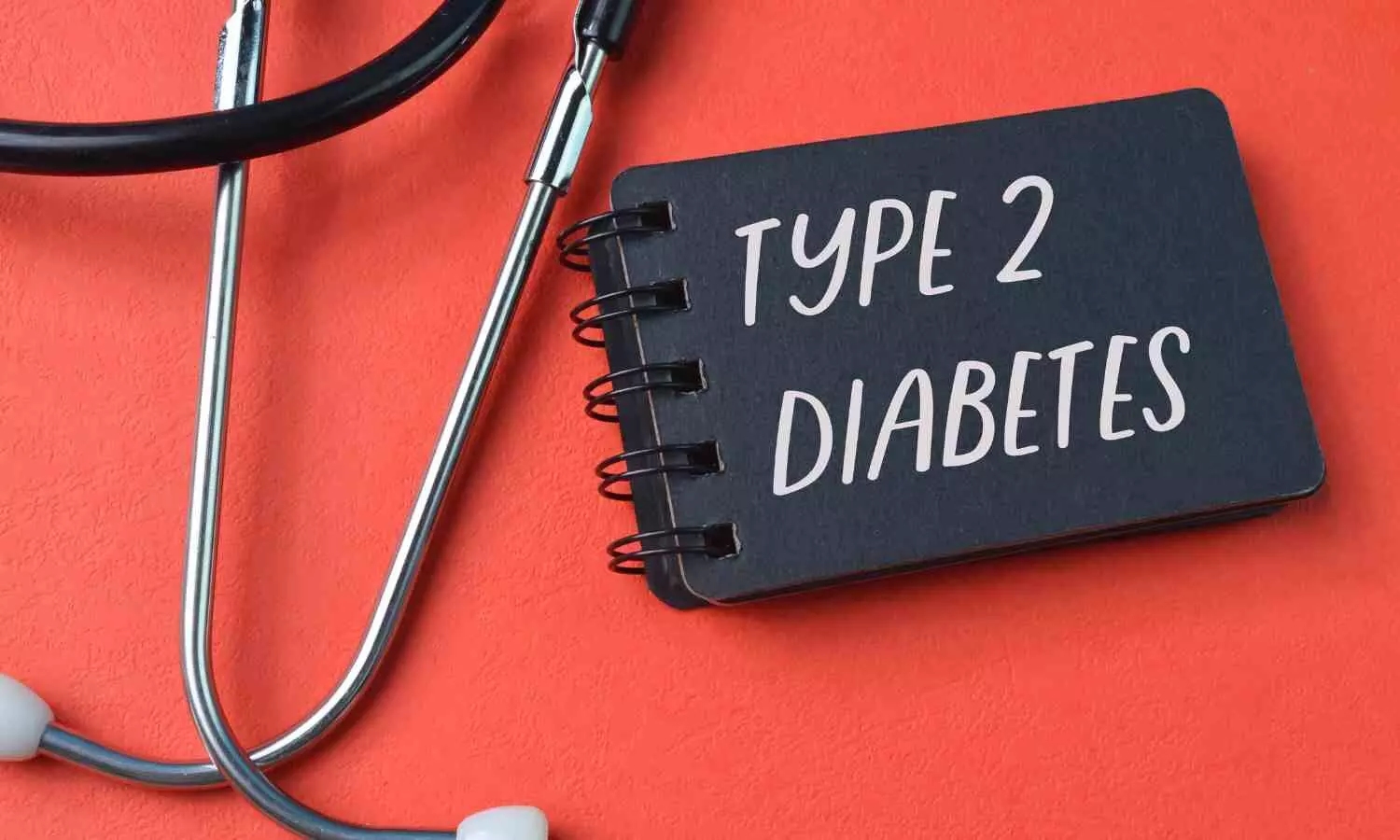France to fine patients who miss medical appointments
Powered by WPeMatico
Powered by WPeMatico
Powered by WPeMatico
Powered by WPeMatico
Powered by WPeMatico

Hyderabad: Gland Pharma Limited, a generic injectable-focused
pharmaceutical company, has received approval from the United States Food and Drug Administration (USFDA) for Eribulin Mesylate Injection, 0.5 mg/mL Single Dose Vial (Product).
Eribulin Mesylate Injection is used for the treatment of breast cancer that has spread to other parts of the body.
“The Product is expected to be the first generic approval on the market, and the Company expects to launch
this product in the near term through its marketing partner,” Gland Pharma stated.
The Product has US sales of approximately USD 92 million for twelve months ending in February 2024,
according to IQVIA.
The Company is co-developing several complex injectables, including this Product, with Orbicular
Pharmaceutical Technologies Private Limited.
Read also: Gland Pharma bags tentative USFDA nod for Angiotensin II Injection for low BP treatment
Powered by WPeMatico

Mumbai: A fire broke out in a room on the 10th floor of the Nair Hospital and Dental College hostel building in Mumbai Central on Saturday evening.
The fire was confined to electric wiring, installations, a bed, wooden cupboard books, and clothes in a room situated on the 10th floor.
Nobody was injured in the incident as the blaze remained confined to electric wiring and other fitments and was put out within 20 minutes.
According to a PTI news report, The Fire Brigade official said, “The blaze erupted at around 6.44 pm and was mainly confined to electric wiring, installations, a bed, wooden cupboard, books, and clothes in a room situated on the 10th floor of the 11-storey hostel building, situated opposite Maratha Mandir”.
Also Read:Maha: BYL Nair hospital first in state to get dedicated cadaver laboratory
He said the fire was extinguished by people at around 7:05 pm before the arrival of fire brigade personnel after cutting off electricity, the official added.
Quick action from individuals within the building contributed to extinguishing the fire before the arrival of the fire brigade personnel. By cutting off the electricity supply, occupants managed to bring the situation under control by approximately 7:05 pm.
Powered by WPeMatico

USA: The post hoc analyses of the SURPASS-3 and SURPASS-4 trials revealed superior glycemic control with tirzepatide compared with insulin in patients with type 2 diabetes (T2D), regardless of baseline glycemic pattern. The findings were published online in Diabetes Care on March 26, 2024
“Treatment with tirzepatide was consistently associated with more reduced postprandial glucose (PPG) levels compared with insulin treatment across subgroups, including in participants with lower baseline PPG levels, leading to greater A1c reductions,” the authors wrote.
Fasting serum glucose (FSG) and postprandial glucose levels contribute to glucose control and should be considered in type 2 diabetes management. Although basal insulins act on FSG, the effects on PPG are limited. Dulaglutide, a glucagon-like peptide-1 receptor agonist (GLP-1 RA), showed greater effectiveness than insulin glargine on HbA1c, largely irrespective of baseline FSG and PPG levels. Although insulin dose titration was not optimal; consistent effects on PPG and FSG across baseline FSG and PPG subgroups were not observed.
In the SURPASS-3 and SURPASS-4 trials, tirzepatide, a glucose-dependent insulinotropic polypeptide/GLP-1 RA, led to better glycemic control than insulin degludec and insulin glargine, respectively. However, the effect on FSG and postprandial glucose levels was not evaluated. Therefore, Russell J. Wiese, Eli Lilly, and Company, Indianapolis, IN, and colleagues assessed change in glycemic parameters from baseline to week 52 for tirzepatide (5, 10, 15 mg) versus insulin degludec (SURPASS-3 trial) and glargine (SURPASS-4 trial) in patients with type 2 diabetes and different baseline glycemic patterns, based on FSG and PPG values.
The patients were stratified into four groups based on the median baseline glucose values: Low FSG/low PPG, low FSG/high PPG, high FSG/low PPG, and high FSG/high PPG.
The outcomes of interest were changes in PPG, FSG, A1c, and body weight from baseline to week 52.
The study led to the following findings:
In conclusion, tirzepatide versus basal insulins improved A1c and postprandial glucose levels in patients with type 2 diabetes, irrespective of different baseline PPG or FSG levels.
The limitations included the study’s post hoc nature and the short treatment duration. The trials included only patients with diabetes and obesity or overweight. Therefore, the study findings may not be generalizable to other populations.
Reference:
Francesco Giorgino, Denise R. Franco, Claudia Nicolay, Andrea Hemmingway, Ángel Rodríguez, Russell J. Wiese; Effects of Tirzepatide Versus Basal Insulins in People With Type 2 Diabetes and Different Baseline Glycemic Patterns: Post Hoc Analyses of the SURPASS-3 and SURPASS-4 Trials. Diabetes Care 2024; dc232366. https://doi.org/10.2337/dc23-2366
Powered by WPeMatico

Dietary fiber intake has long been associated with a reduced risk of type 2 diabetes (T2D), yet the underlying mechanisms remain unclear. A recent study conducted among Hispanic/Latino participants aimed to elucidate the relationship between dietary fiber intake, gut microbiota, circulating metabolites, and T2D risk. This study was published in the journal Circulation Research. The study was conducted by Zheng Wang and colleagues.
Type 2 diabetes poses a significant public health challenge globally, with dietary factors playing a crucial role in its prevention and management. The study sought to explore how dietary fiber influences gut microbiota composition, circulating metabolites, and ultimately, the risk of developing T2D.
The study included 11,394 participants from the Hispanic Community Health Study/Study of Latinos. Dietary intake was assessed using two 24-hour dietary recalls, while gut microbiome and serum metabolome were analyzed using advanced techniques. Associations between dietary fiber intake, gut microbiota composition, circulating metabolites, and incident T2D over six years were examined.
The key findings of the study were as follows:
Gut Microbiota Associations:
• Multiple bacterial genera, species, and enzymes associated with dietary fiber intake were identified.
• Bacteria such as Butyrivibrio and Faecalibacterium, along with fiber-degrading enzymes, were positively associated with fiber intake and inversely associated with prevalent T2D.
Circulating Metabolites:
• 159 metabolites were associated with fiber intake, with 47 linked to incident T2D.
• Microbial metabolites like indolepropionate and 3-phenylpropionate were inversely associated with T2D risk.
Interplay Between Microbiota and Metabolites:
• 18 of the identified metabolites were associated with fiber-related bacteria, indicating a complex interplay between gut microbiota and circulating metabolites.
• Butyrivibrio and Faecalibacterium were associated with these favorable metabolites, suggesting their potential role in T2D prevention.
The study highlights the beneficial effects of dietary fiber on gut microbiota composition and circulating metabolites, ultimately influencing T2D risk among Hispanic/Latino populations. These findings underscore the importance of dietary fiber in promoting metabolic health and preventing T2D.
Understanding the intricate relationship between dietary fiber, gut microbiota, and circulating metabolites provides valuable insights for personalized dietary interventions aimed at reducing the risk of T2D. Healthcare professionals can utilize this knowledge to develop targeted dietary strategies tailored to individual needs, ultimately improving diabetes prevention and management outcomes.
Reference:
Wang, Z., Peters, B. A., Yu, B., Grove, M. L., Wang, T., Xue, X., Thyagarajan, B., Daviglus, M. L., Boerwinkle, E., Hu, G., Mossavar-Rahmani, Y., Isasi, C. R., Knight, R., Burk, R. D., Kaplan, R. C., & Qi, Q. (2024). Gut Microbiota and blood metabolites related to fiber intake and type 2 diabetes. Circulation Research, 134(7), 842–854.https://doi.org/10.1161/circresaha.123.323634
Powered by WPeMatico

A register-based study from Finland identified three distinct BMI trajectory groups among patients with newly diagnosed type 2 diabetes. In a four-year follow-up, most patients followed a stable trajectory without much weight change. Only 10% of patients lost weight, whereas 3% gained weight. Mean BMI exceeded the threshold of obesity in all groups at baseline. Weight loss is a central treatment goal in type 2 diabetes, but the study shows that few patients succeed in it.
The study was carried out by researchers at the University of Eastern Finland, and the results were published in Clinical Epidemiology.
Patients belonging to each trajectory group were followed up for another eight years for diabetes complications. During the follow-up, 13% of all patients developed microvascular complications, 21% developed macrovascular complications and 20% of patients deceased. The risk of microvascular complications was 2.9 times higher and the risk of macrovascular complications 2.5 times higher among patients with an increasing BMI compared to those with a stable BMI. Micro- and macrovascular complications of diabetes can include, for example, retinopathy, nephropathy and neuropathy, as well as cardiovascular diseases.
“These results underscore the significance of continuous BMI monitoring and weight management in patients with type 2 diabetes. Tailored treatments and support with lifestyle changes are crucial for efficiently preventing weight gain and reducing the risk of diabetes complications,” says Doctoral Researcher Zhiting Wang of the University of Eastern Finland.
The study was carried out in North Karelia, Finland, using electronic health records from both primary and specialised health care. The study included a total of 889 adults with newly diagnosed type 2 diabetes in 2011 or 2012. The participants were grouped based on individual BMI trajectories from the diagnosis until 2014. Risks for microvascular complications, macrovascular complications, any diabetes complications and all-cause mortality from 2015 to 2022 across BMI trajectory groups were estimated.
Reference:
Wang Z, Lavikainen P, Wikström K, Laatikainen T. Trajectories of Body Mass Index and Risk for Diabetes Complications and All-Cause Mortality in Finnish Type 2 Diabetes Patients. Clin Epidemiol. 2024;16:203-212 https://doi.org/10.2147/CLEP.S450455.
Powered by WPeMatico

China: A recent article published in the BMJ journal Heart has reported twenty-four-hour blood pressure trajectories and clinical outcomes in patients who had an acute ischaemic stroke.
The researchers found that patients with persistently high blood pressure (BP) at 180 mm Hg within 24 hours of ischaemic stroke onset had the highest risk, while they found favorable outcomes in those maintaining stable BP at a moderate-low level (150 mm Hg) or even a low level (137 mm Hg).
The management of BP in acute ischaemic stroke remains a subject of controversy. Ruirui Wang, Suzhou Medical College of Soochow University, Suzhou, Jiangsu, China, and colleagues aimed to explore the relationship between 24-hour BP patterns following ischaemic stroke and clinical outcomes.
For this purpose, the researchers examined a cohort of 4069 patients who had an acute ischaemic stroke from 26 hospitals. Using latent mixture modeling, they identified five systolic BP trajectories: trajectory category 1 (150–130 mm Hg), trajectory category 2 (155–145 mm Hg), trajectory category 3 (170–160 mm Hg), trajectory category 4 (180–140 mm Hg), and trajectory category 5 (190–170 mm Hg).
The study’s primary outcome was a composite outcome of death and major disability at three months poststroke.
The study led to the following findings:
In conclusion, the researchers identified distinctive BP trajectories within 24 hours post-stroke onset.
At the 3-month follow-up, patients in the highest trajectory category 5 (190–170 mm Hg) showed the highest risk of adverse outcomes (vascular events, death, and major disability), while those in the lowest category (150–130 mm Hg) exhibited the lowest risk. Comparatively, adjusted odds ratios reduced from 0.79 to 0.47, respectively.
Reference:
Wang R, Liu Y, Zhang Q, Zhang J, Peng H, Shi M, Peng Y, Xu T, Wang A, Xu T, Chen J, Zhang Y, He J. Twenty-four-hour blood pressure trajectories and clinical outcomes in patients who had an acute ischaemic stroke. Heart. 2024 Apr 3:heartjnl-2023-323821. doi: 10.1136/heartjnl-2023-323821. Epub ahead of print. PMID: 38569853.
Powered by WPeMatico
